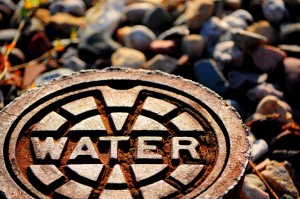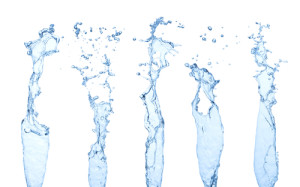Contact: Jack Hawks; jhawks@cwacontent.local; (415) 561-9650 (o), (415) 305-4393 (c)
SAN FRANCISCO—California’s regulated water utilities are continuing to partner with their customers to conserve water during a fourth year of severe drought–and customers are responding, according to monthly data on utility water production released by the State Water Resources Control Board (State Water Board).
Twenty-nine districts were at or above the statewide water conservation rate of 28.9 percent in May compared to the same month in 2013, the data shows. And several were recognized by the State Water Board in a press release as “stand out” water utilities that achieved conservation levels above 30 percent. Those recognized included California Water Service-Bakersfield District (37 percent) and San Jose Water Company (36 percent).
“The data shows how much regulated water utilities are committed to helping their customers conserve and doing their part in complying with the Governor’s and the State Water Board’s statewide water-use reduction policies,” said Jack Hawks, executive director of the California Water Association, which represents regulated water utilities throughout California.
During the past two months, the 10 largest CWA member utilities have held nearly 100 public meetings with their customers throughout the state to help them understand the new conservation mandates set by the State Water Board (and endorsed by the California Public Utilities Commission, which regulates the state’s water utilities), as well as rebates and programs available to help customers conserve.
Hawks noted that the Association’s members communicated directly with more than 15,000 customers in the 95 meetings they conducted between mid-May and early July to explain the state’s mandated water reduction policies, the penalties associated with prohibited and excessive water use and the utilities’ conservation programs.
“It was critical for the utilities to reach out to their customers,” Hawks said, “because there is much confusion about and resistance to the state’s policies from some customers. However, it is important to note that many customers were supportive of the utilities’ efforts to implement the state’s policies.”
Background
On April 1, 2015, Governor Brown issued an Executive Order mandating all Californians to reduce water use. In early May, the State Water Board, which is charged with implementing the Governor’s Executive Order, set mandatory water conservation targets for California’s communities, ranging between 8 and 36 percent, depending on current consumption rates in these communities.
The CPUC passed two resolutions–Resolution W-5034 on April 9, 2015, and Resolution W-5041 on May 7, 2015–mandating regulated water utilities to comply with the Governor’s Executive Order and State Water Board conservation targets.
According to the CPUC press release announcing compliance with the Governor’s mandate, the larger regulated water utilities must take steps to ensure that their respective water-use reduction targets can be achieved. Smaller regulated water utilities with districts having less than 3,000 service connections must reduce water use by 25 percent by restricting outdoor irrigation to no more than two days per week or implement other mandatory restrictions to achieve the necessary water savings.
In 2014, regulated water utilities made significant conservation progress, according to a CWA analysis of water production figures reported to the SWRCB. Many districts have been consistently at or above the state average for water conservation.
–CWA—
About the California Water Association:
The California Water Association (CWA) represents the interests of approximately 113 public water utilities that are regulated by the California Public Utilities Commission. These water utilities strive to provide high-quality water utility services to customers throughout California. CWA provides a forum for sharing best management practices; a means of promoting sound water policy by legislators and regulatory agencies; and opportunities for educating the public on the protection and efficient use of water resources.





